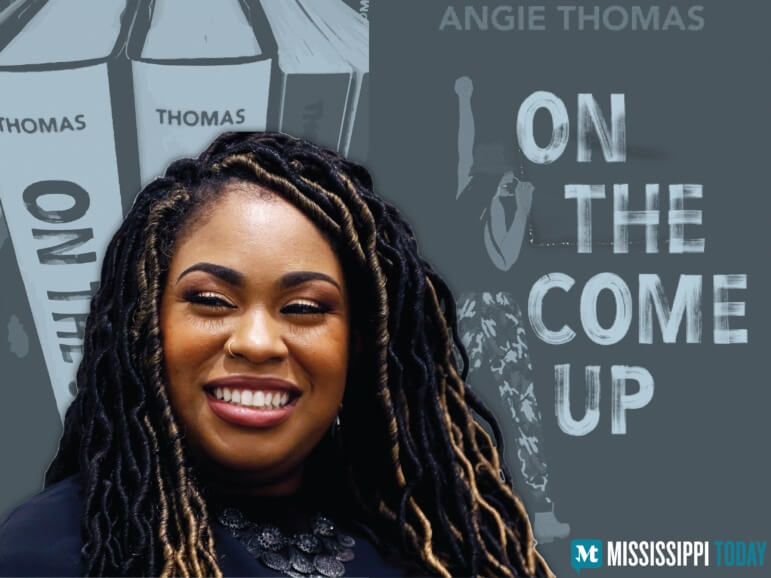

I caught a little bit of The Chronic and Doggystyle when it was just getting on the radio. Jonathan Abrams : So, I grew up in Southern California in the late ‘80s, early ‘90s, and I just missed that NWA explosion in real time. Could you talk about your origin story and explain how you came to have this relationship with hip-hop culture? You open the book by stating that every hip-hop fan has an origin story.

We sat down with Abrams to talk about The Come Up, and doing the work of documenting a cultural history.

Throughout The Come Up, rap music industry legends like Grandmaster Caz, Ice Cube, Marley Marl, Faith Newman, Bun B, and many more check in to share key insights and stories that help flesh out our understanding of how hip-hop got to where it is today. In it, Abrams presents an ambitious collection of firsthand accounts of hip-hop’s birth and ultimate rise as the gravitational center of pop culture. Cutting through the inherent contradictions that come along with documenting hip-hop history, author and New York Times staff writer Jonathan Abrams goes directly to the source(s), conducting over 300 interviews with key players throughout hip-hop’s five decade reign for his latest book, The Come Up: An Oral History Of The Rise of Hip-Hop, which was published on Tuesday (October 19th). Today, nearly 50 years after DJ Kool Herc’s watershed back to school jam at 1520 Sedgwick avenue in The Bronx, hip-hop’s dual status as a powerful cultural tradition and global commercial industry makes an accurate and meaningful accounting of its history, problematic at best. When hip-hop’s revolutionary energy first blossomed in New York City in the early 1970s, most would’ve been hard pressed to predict what the burgeoning subculture’s future would hold. We sat down with author Jonathan Abrams to talk about the book and doing the work of documenting a cultural history. The Come Up details hip-hop’s birth and ultimate rise as the gravitational center of pop culture.


 0 kommentar(er)
0 kommentar(er)
